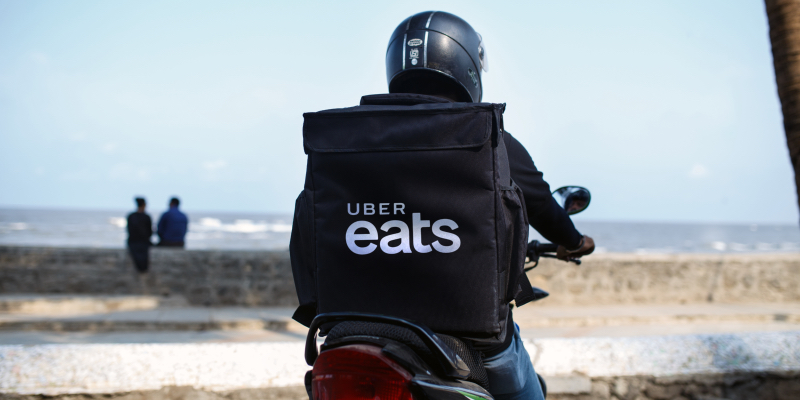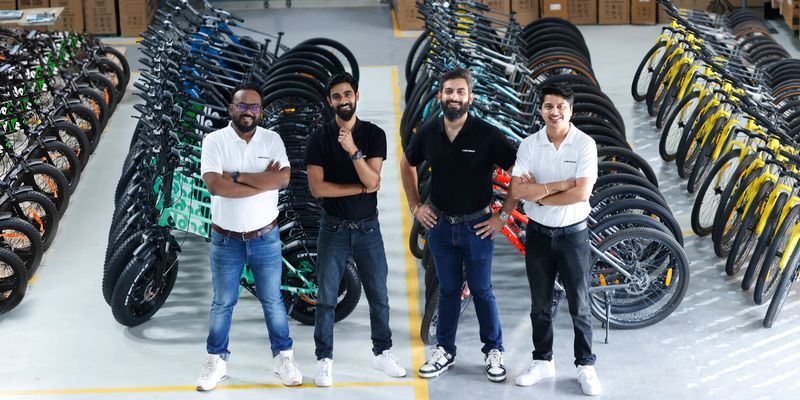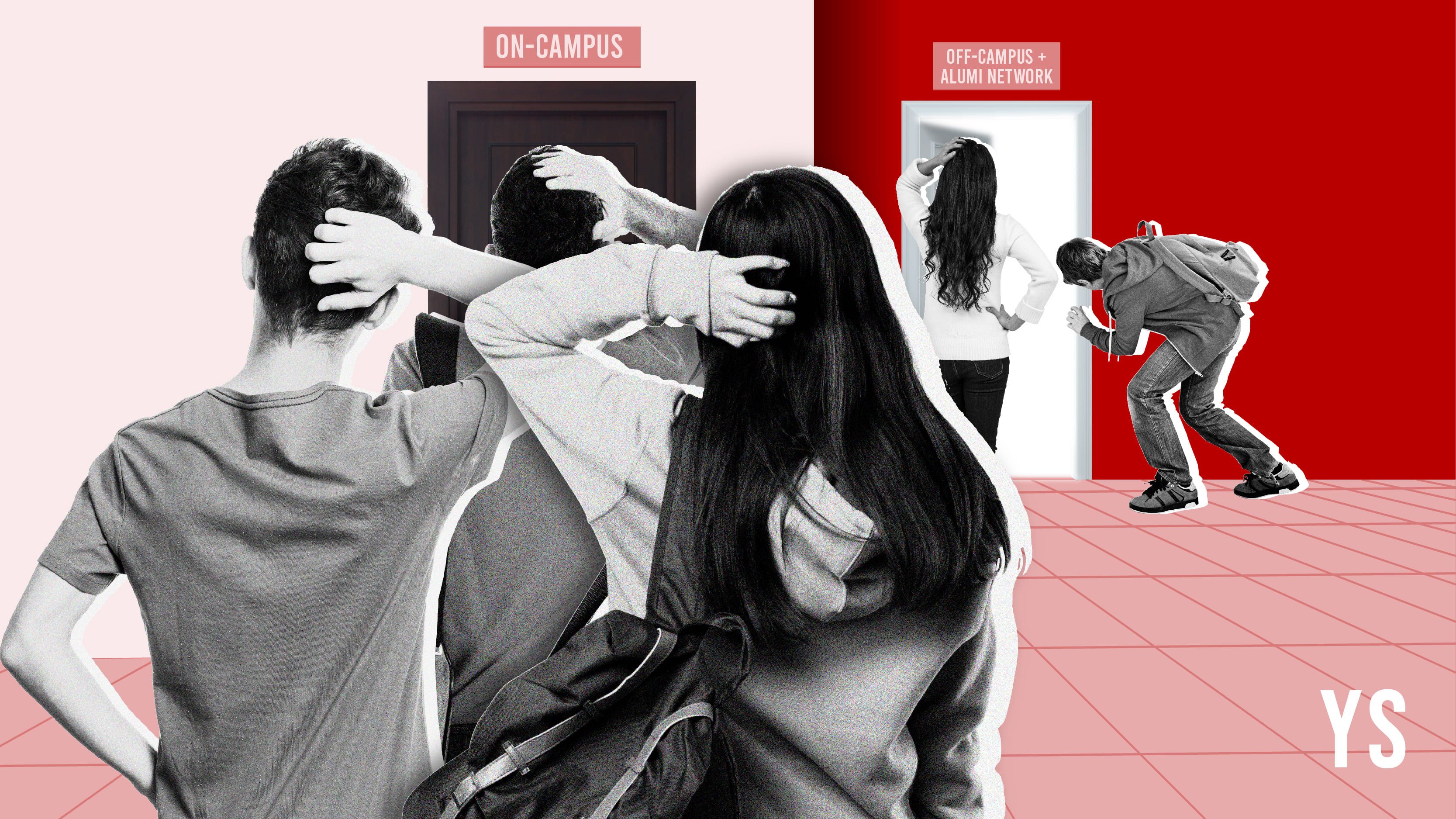Customers in Asia-Pacific order more on Uber Eats than anywhere else in the world
At the first-ever Uber Eats Future of Food Summit, the company announced that it will be adding several new business metrics and will look at deeper tech integrations with F&B partners.
At Hong Kong, during the first-ever Uber Eats Future of Food Summit, the company shared several top business metrics. It also announced that it is working towards supporting its restaurant partners better in 2020 and beyond.
The two-day summit hosted by the San-Francisco based food delivery platform was attended by over 300 industry leaders from across Asia Pacific.
It included keynotes and panel discussions featuring Uber executives as well as notable F&B figures from around the region including Coca-Cola, Cafe Coffee Day, Burger King, Baskin Robbins, Guzman y Gomez, Chai Time, and Black Sheep Restaurant.
The team has also expanded its virtual restaurant programme and said that it would be launching a drone delivery pilot in the US.
Uber Eats also announced new delivery categories and introduces new delivery models, including unlocking the platform to have restaurant delivery staff serve their orders and grow their business.

An Uber Eats delivery executive in Mumbai, India
The team stated that its initial product developments will include promoting efficiency in restaurant operations through a flexible POS integration, provide deeper insights by giving restaurant partners a view on revenue (sale, order volume, ticket size) and metrics like missed orders, inaccurate orders, downtime, and combining in-store and delivery customer insights.
It will also help its restaurant partners on listing their best-selling dishes and how customers can review them.
Uber Eats will enable marketing tools on its platform, and help partners run campaigns and promos, and provide them with performance metrics to support spend optimisation.
At the summit, Deloitte presented a report Future of Food: How technology and global trends are transforming the food industry. The findings explore how the F&B ecosystem is becoming more integrated and codependent, with technology creating a more diverse food ecosystem.
Changing consumer preferences are also blurring the lines between players, it said grocers are selling ready-to-eat meals.
Speaking of the company's Asia Pacific region business metrics at the Summit, Raj Beri, Regional Head of Uber Eats, APAC, explained,
“Consumers in APAC order more on Uber Eats than any other geography in the world. We grew from 29 to 75 cities in 2018 alone, and today we partner with over 71,000 active restaurants in APAC. Given our unique position in this ecosystem, we saw a way to create even more value for our community by connecting restaurant partners through the Future of Food Summit - leveraging the power of our network to build a stronger future for the industry together.”
The company claimed that a third of the consumers in Asia are now using food delivery services with seven percent of them putting in a food delivery order at least once a week.
The Deloitte report also showed a greater share of personal budgets going to food prepared outside of the home, with convenience being a big driving factor. Uber Eats added that the number of active customers and delivery partners on the platform has tripled over the past year.
It also said Asia-Pacific orders more Uber Eats than any other geography in the world, with 1.5 million unique cuisine choices available on the platform in the region. The number of restaurant partners on Eats in the region has more than doubled since the start of 2019.
(Edited by Saheli Sen Gupta)













